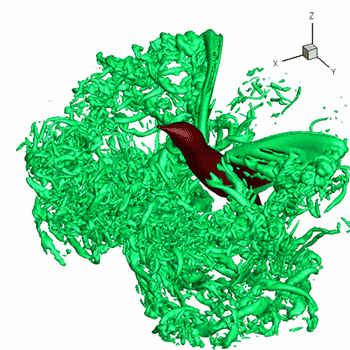Question #db34a
2 Answers
Explanation:
Substitute using the trig identity
Subtract
Factor
Set each factor equal to zero and solve.
From the unit circle for
The solutions are
Explanation:
We need
Therefore,
our equation becomes
We solve this like a quadratic equation
The discriminant is
As,
and


